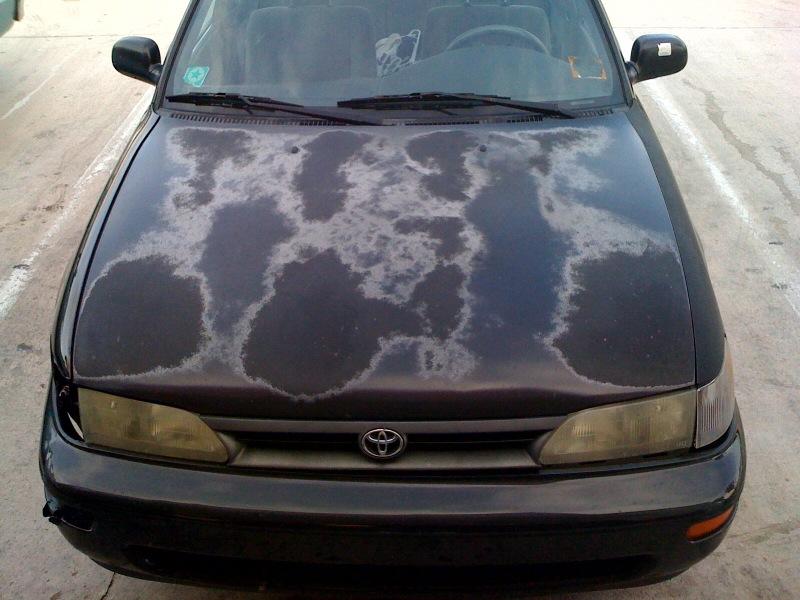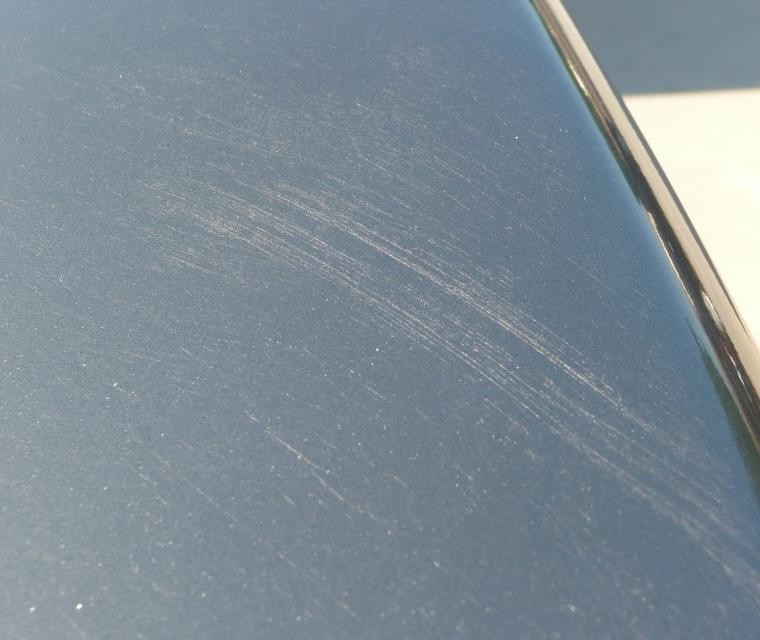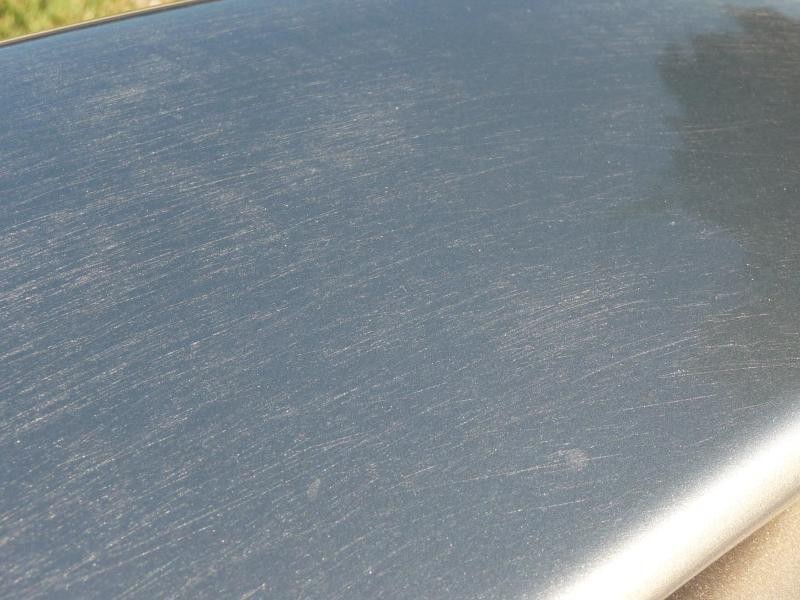Mike Phillips
Active member
- Dec 5, 2022
- 51,004
- 6
Clearcoat Fracturing versus Clearcoat Failure
Pictures courtesy of Jacob aka timaishu
The term Clearcoat Fracturing by Dave aka tuscarora dave
Clearcoat Fracturing

Clearcoat Failure

More clearcoat fracturing pictures by Jacob



Problem
When you diagnose paint with clearcoat fracturing, this is an indicator of a problem with the clear layer of paint.
Clearcoat Fracturing cannot be fixed by machine compounding and polishing as the fractures are like millions of stress cracks that run throughout the entire matrix or thickness of the clear layer of paint. Abrading the paint will just make the pant thinner and expose a deeper portion of the fractures.
Solutions

Pictures courtesy of Jacob aka timaishu
The term Clearcoat Fracturing by Dave aka tuscarora dave
Clearcoat Fracturing

Clearcoat Failure

More clearcoat fracturing pictures by Jacob



Problem
When you diagnose paint with clearcoat fracturing, this is an indicator of a problem with the clear layer of paint.
Clearcoat Fracturing cannot be fixed by machine compounding and polishing as the fractures are like millions of stress cracks that run throughout the entire matrix or thickness of the clear layer of paint. Abrading the paint will just make the pant thinner and expose a deeper portion of the fractures.
Solutions
Live with the defect
Best recommendations are to prep the paint accordingly to insure the surface is clean and smooth, that is clay an polish if needed, and then maintain what lifespan is left in the paint using a premium quality wax, paint sealant or coating.
Repaint
The other option is to have the panel or component re-painted.
Best recommendations are to prep the paint accordingly to insure the surface is clean and smooth, that is clay an polish if needed, and then maintain what lifespan is left in the paint using a premium quality wax, paint sealant or coating.
Repaint
The other option is to have the panel or component re-painted.





